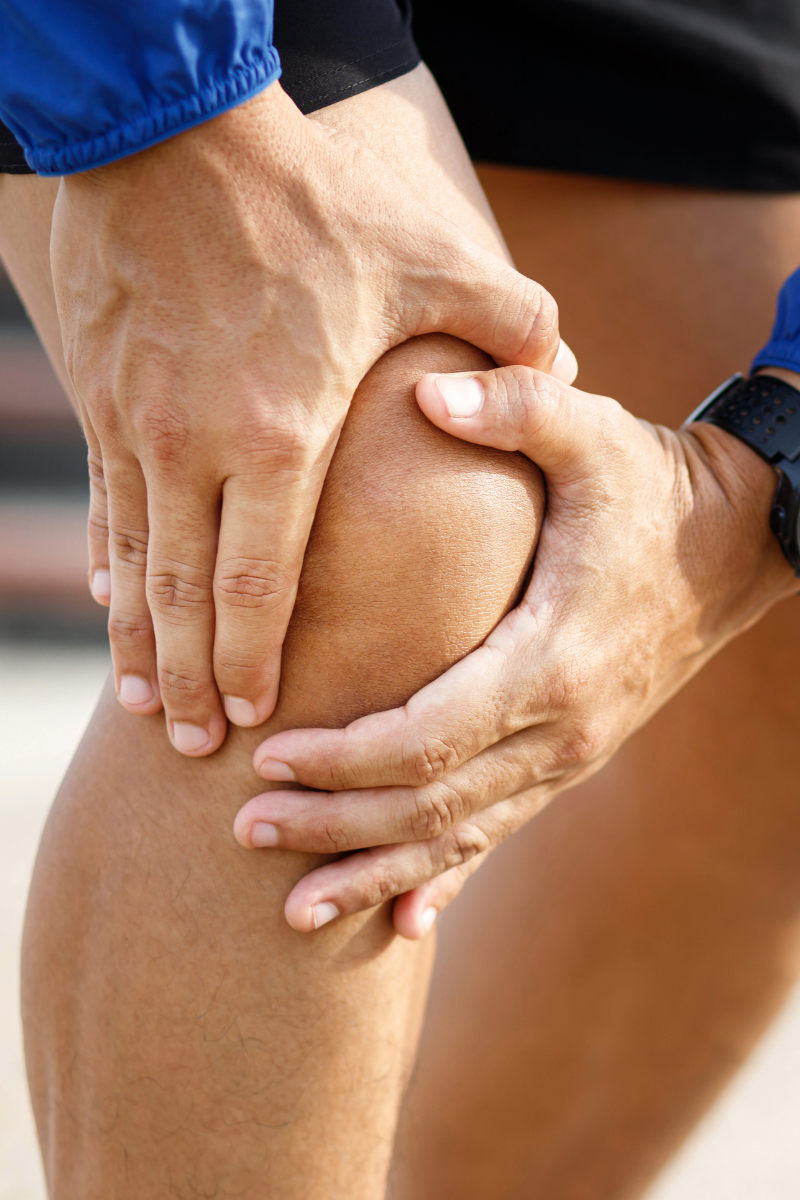In this blog post, we will delve into a common condition called patello-femoral pain syndrome (PFPS), exploring its causes and how physiotherapy can provide effective solutions to alleviate pain and restore function.
Patello-Femoral Pain Syndrome, also known as runner's knee, is a prevalent knee condition characterised by pain and discomfort around the front of the knee, particularly at the patella (kneecap) and femur (thigh bone) joint. It typically arises from activities involving repetitive knee motion, such as running, jumping, squatting, or climbing stairs.
Understanding the Causes:
Several factors contribute to the development of PFPS. Let's explore a few of the most common causes:
- Muscular Imbalances: Weakness or imbalances in the muscles surrounding the knee, including the quadriceps, hamstrings, and hip muscles, can lead to altered tracking of the patella. This abnormal movement causes excessive pressure and irritation on the joint surfaces, resulting in pain.
- Overuse and Poor Training Techniques: Engaging in high-impact activities without proper conditioning or technique can place excessive stress on the knee joint. Gradual increases in activity levels, poor running mechanics, and inadequate recovery time can all contribute to the onset of PFPS.
- Biomechanical Issues: Structural abnormalities, such as flat feet, excessive foot pronation (inward rolling), or a high Q angle (angle formed between the hips and knees), can alter the alignment and mechanics of the knee joint. This misalignment can lead to imbalanced forces and increased stress on the patella.
How Physiotherapy Can Help:
Here is how we typically go about managing our patients with PFPS.
- Comprehensive Assessment: Our experienced physiotherapists will conduct a thorough evaluation to identify the underlying factors contributing to your PFPS. This assessment may include analyzing your movement patterns, assessing muscle strength and flexibility, and examining your foot mechanics.
- Pain Management: Through a combination of manual therapy techniques, such as soft tissue mobilization, joint mobilization, and taping, our physiotherapists can help alleviate pain and reduce inflammation in the affected knee.
- Strengthening and Flexibility Exercises: A customized exercise program will be developed to address muscle imbalances, strengthen weak muscles, and improve flexibility. These exercises may include quadriceps and gluteal strengthening, core stabilization, and hip mobility drills.
- Biomechanical Correction: Our physiotherapists will analyze your movement patterns and running technique to identify any abnormalities that may contribute to your PFPS. They will provide guidance on proper form, footwear selection, and orthotic prescriptions if necessary, helping you optimize your biomechanics and reduce knee stress.
- Activity Modification and Education: Our physiotherapists will educate you on proper warm-up and cool-down techniques, optimal training strategies, and ways to modify activities to prevent further aggravation of your symptoms. They will guide you on appropriate exercise progression and provide advice on incorporating cross-training and rest days into your routine.
Patellofemoral pain syndrome can become a frustrating condition. It is often quite simple to diagnose but can be difficult to manage and settle down due to the multitude of factors that can be contributing.
If you have pain in the front of your knee with physical activity, walking or climbing stairs, chat to us today a get a plan for recovery.
Yours in health
Chris from Out of the Box Physiotherapy
